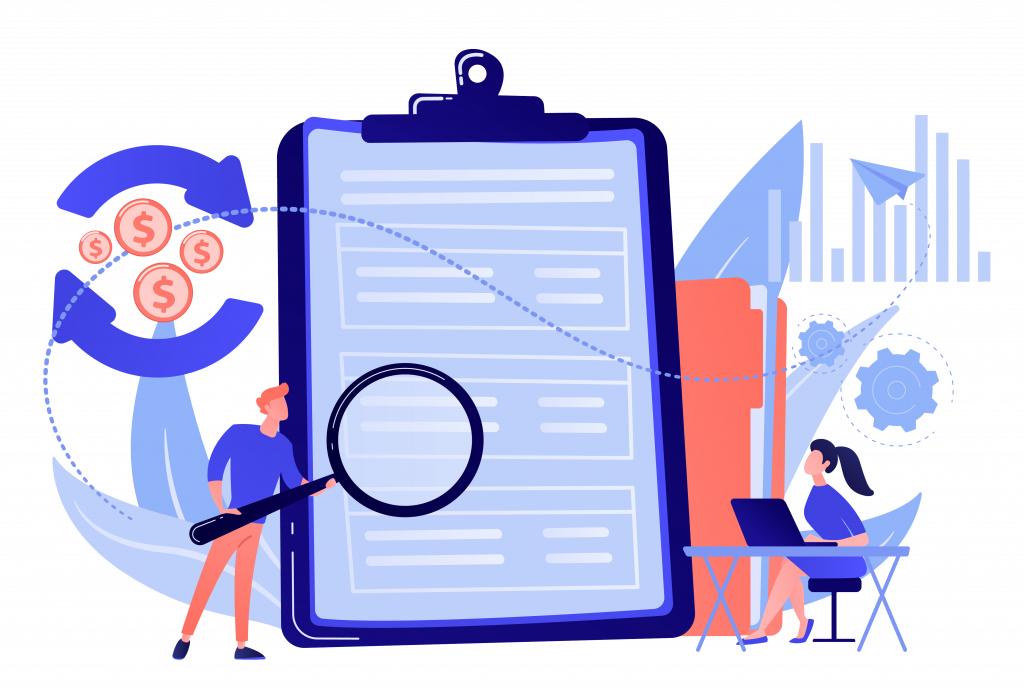BLOG
Why Smart CFOs are Reassessing Debt Capacity

COVID-19 is creating havoc in the financial markets and CFOs need to know how their financing options have changed in the wake of incredible economic volatility and government stimulus. Banks are reacting to the crisis differently. Getting a definitive answer means calling many lender contacts, submitting financials, disclosing current loan obligations, and completing applications multiple times. With so many other impacts to business operations, CFOs don’t have the time or bandwidth to handle this additional process. However, knowing the company’s ability or inability to access debt capital during and after the crisis is critical information for making strategic plans across all business units.
The good news is that Cerebro has updated its Debt Capacity Calculator to be able to quickly and easily estimate a company’s borrowing capacity.
What exactly is debt capacity?
Debt capacity is a measure of the total amount of debt that lenders are willing to provide your business. Each lender has their own policy on how much debt they lend to borrowers. Factors that drive this can range from balance sheet items, cash flow strength, enterprise value, and even top line revenues. The debt capacity of a borrower will vary depending on what type of loan and lender they use. For example, a company with weak cash flow but sufficient collateral could result in a very low debt capacity for cash flow based loans, but a high debt capacity for asset based loans. It’s important that CFOs consider the various types of lenders and loan options out there and how those affect their debt capacity. The two most common ways lenders consider debt capacity is by evaluating the company’s cash flow and evaluating its assets. Additionally, with the new CARES Act and the SBA’s release of new loan programs, a company’s total debt capacity can change based on its eligibility for the new programs.
Cash flow based: Lenders will calculate the amount they are willing to loan a company by taking a multiple of the company’s EBITDA with consideration given to its balance sheet strength. These loans are often lower priced, but have more restrictive covenants.
Asset based: Lenders will consider the company’s accounts receivables, inventory, and other asset classes to determine the advance rate given to each. These loans often have few covenants, but most likely require a regular field exam of your assets.
SBA Loans: SBA Lenders will leverage government guarantees to provide loans to companies that run asset lite business, which would otherwise not be able to access the traditional commercial loans. Debt capacity is often set based on how much cash flow a company can use to pay principal and interest of the loan. Typically lenders look for at least 1.25x coverage. Companies must be eligible under the SBA regulations to qualify.
Paycheck Protection Program (“PPP”) Loans: The SBA recently provided access to Paycheck Protection Program, which offers forgivable loans in an effort to help companies avoid layoffs related to the corona virus impact. The loan size is based on a 2.5x multiple of the average monthly payroll. These loans are designed for immediate support and companies will need to look to other lenders for longer term financing needs. Companies must be eligible under the SBA regulations to qualify.
Venture Debt Loans: There is an ecosystem of lenders that provide financing for high growth venture capital or private equity backed companies. Lenders are often lending off multiples of recurring revenue or a percentage of the most recent equity round or simply based on the reputation of the institutional investors backing the borrower.
3 reasons to reassess debt capacity now
The following situations demonstrate why being prepared to answer debt and borrowing questions can benefit your organization.
Boards are actively responding to COVID-19 & asking tough questions
Boards have a responsibility to help lead companies through the current coronavirus crisis. Board members will look for ways to provide guidance, connections, and other support. Additionally, in order to fulfill their roles, board members will likely request new financial models and a presentation on what courses of action are available to the company. CFOs should be prepared to present the company’s current liquidity status and its ability to seek additional financing. How much in loans can the company borrow? Can the company up-size any of its facilities? Does the company need additional cash to pay employees until top line revenue returns to pre-crisis levels? Can the company access additional lines of credit to cover delays in receivables
The lending markets are changing rapidly in this environment and not all banks are responding in the same way. In order to get an objective view, CFO’s will need to call several different types of banks to get an accurate read of debt capacity.
Loan terms are shifting
Banks are quickly changing their underwriting process and loan terms in response to the deteriorating economy. There are entire industries that are being shut out from getting conventional loans. Most companies will have material variances in their debt capacity after the crisis compared to the prior year. However, some could lock in great terms from great lenders if they know where to look. Certain banks and non-bank lenders may use this time as an opportunity to accelerate growth and win sought after borrowers away from competitor lenders. Also, certain lenders will be able to take advantage of government stimulus to provide borrowers with aggressive loan terms and low interest rates.
CFOs with the best data get the best deal
Knowing your debt capacity based on your company’s financial profile and various deal structures not only provides an advantage when negotiating with your current lender, but can also open up new opportunities with new lenders. In times of crisis, lending institutions often skew farther apart in how they respond. Some lenders will tighten their underwriting criteria while others might become more bullish in sectors that are counter-cyclical. Market intelligence allows you to make the most informed decision when choosing loan types and lenders, and helps shorten the time in which it takes to secure financing.
Ready to get started?
Join the thousands of mid-sized companies who have used Cerebro.
Related Content

The world of middle-market lending has changed. Before COVID-19, traditional lenders showed flexibility as they worked to expand their books of business.

Increase the Chances of Closing a Loan
Significant disruptions to the lending landscape in the past four months have left corporate borrowers scrambling to stay on top of changing requirements

CFOs need to be constantly aware of how their company’s financial performance and market shifts affect its debt capacity, which is the best measure of your business’ ability to borrow.
- info@cerebrocapital.com
-
12 W Madison St.
Baltimore, MD 21201 - Cerebro Capital
- @cerebrocapital
